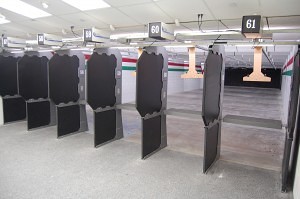
PROVO, Utah – Aug. 15, 2013 – H&H Shooting Sports of Oklahoma City recently teamed up with Action Target, the world leader in shooting range development, equipment and services, to increase their shooting lane count from 55 to 61 making them one of the largest gun range and retail firearm stores in the nation.
Action Target’s six-lane addition to the H&H Shooting Sports Complex brings them to a total of 82,500 square feet and is the physical embodiment of their goal to grow the shooting sports. The 61 current lanes are not the typical shooting range variety, either. They have specific uses assigned to them from pistols to shotguns, archery, air guns and even black powder rifles.
“It wasn’t good enough to just do handguns, guests wanted to be able to shoot rifles, shotguns, black powder guns and bows too,” H&H founder Miles Hall said. “We really listen. Guests told us what they wanted and we kept adding lanes to meet those needs.”
For their guests (a term they use they use exclusively instead of customer), H&H is the mecca of the shooting sports world, a destination that attracted nearly 750,000 visitors in 2012 alone. H&H has also influenced the business side of the industry by becoming the model upon which many new ranges and stores are based.
“This complex shows the world that the gun industry still has validity, not just in Oklahoma, but everywhere,” Hall said. “These complexes are the new face of the industry and it is awesome that some folks want to duplicate what we have here back in their home states.”
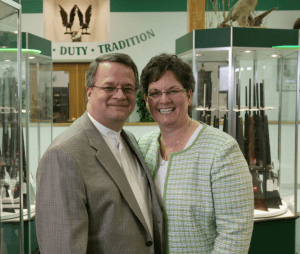 While H&H Shooting Sports now boasts one of the largest commercial shooting ranges in the nation, it came from very modest beginnings. When Hall and his wife founded H&H in 1981 at the young ages of 20 and 18, it had a mere 10 50-foot shooting lanes. And it wasn’t until 15 years later, in 1996, that a retail store was added—a decision that set H&H on the path to becoming a hub of the shooting sports.
While H&H Shooting Sports now boasts one of the largest commercial shooting ranges in the nation, it came from very modest beginnings. When Hall and his wife founded H&H in 1981 at the young ages of 20 and 18, it had a mere 10 50-foot shooting lanes. And it wasn’t until 15 years later, in 1996, that a retail store was added—a decision that set H&H on the path to becoming a hub of the shooting sports.
H&H now features a store with more than 2,000 firearms, a restaurant, virtual simulators, an online newswire and even the occasional wedding. Hall said he wishes he could take credit for the range’s success but that it all comes down to customer service and the simple act of listening.
“If you listen to people and watch who they are and do what they want you to do, they’re going to take good care of you,” Hall said. “They’ve taken good care of us here.”
H&H (which stands for “Hers and His”) is especially conscientious of women shooters who now make up nearly half of its customer base.
“Shooting is not a men’s only club anymore,” Hall said. “47 percent of our customer base is women, and ethnically, it is all over the board. We love that our guests are as diverse as they are.”
Even with the evolving landscape of new guests, technology and products, H&H stays true to their educational goal which includes training and teaching shooters how to safely use firearms while keeping it fun.
“We understand the entertainment factor, but its really all about education,” Hall said. “No one has to participate in shooting sports. They do it because they want to, and we try very hard to make it a fun and enjoyable time for them.”
H&H has plans to add more shop space to accommodate a larger selection of gun safes that will increase their size to 90,000 square feet. Plans are also being made to add another six shooting lanes after retrofitting some of the older ones.
![2363A4E5-A751-4890-B362-D2A2413EF533[5]](https://www.actiontarget.com/wp-content/uploads/2013/08/2363A4E5-A751-4890-B362-D2A2413EF5335.png) The grand opening of the new shooting lanes will be held Labor Day Weekend during normal business hours.
The grand opening of the new shooting lanes will be held Labor Day Weekend during normal business hours.







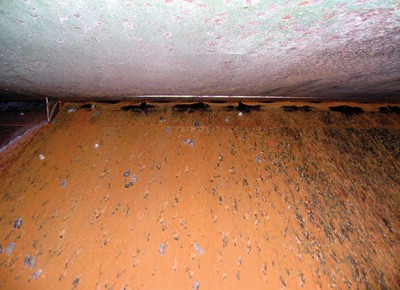 As with anything else in life, the ability to make an informed decision is based on the quality of the information you receive. The purpose of this article is to explore some of the claims associated with using water on steel funnel traps.
As with anything else in life, the ability to make an informed decision is based on the quality of the information you receive. The purpose of this article is to explore some of the claims associated with using water on steel funnel traps.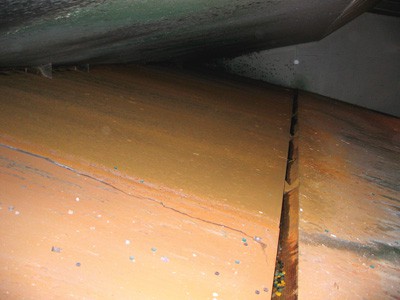
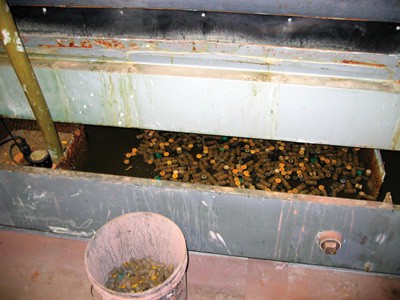
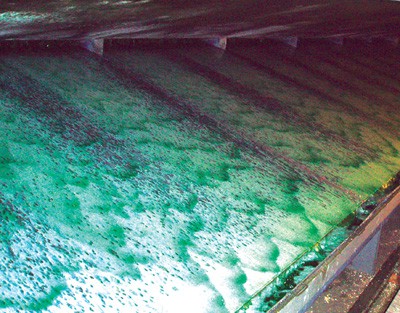
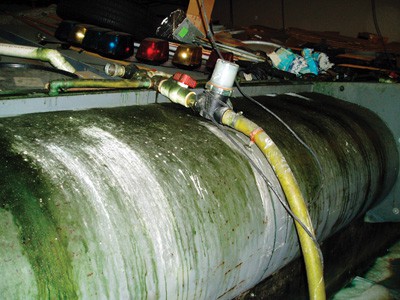

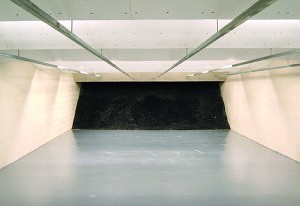 Because the rubber is a softer collection medium, ricochet and lead dust can be significantly reduced in some applications. Cross-range firing is safer, as is firing at extremely close distances. Such benefits make this trap an excellent choice for certain indoor ranges and other low-volume ranges where lead dust is a concern.
Because the rubber is a softer collection medium, ricochet and lead dust can be significantly reduced in some applications. Cross-range firing is safer, as is firing at extremely close distances. Such benefits make this trap an excellent choice for certain indoor ranges and other low-volume ranges where lead dust is a concern.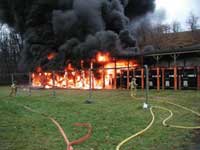
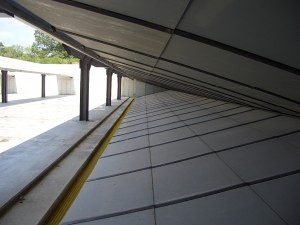
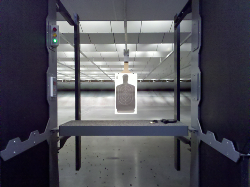 different portable systems to meet your budget and needs, running targets can easily be incorporated into your training program. The Track Runner provides the tools for a wide variety of situation with single or double track configurations, cardboard and steel target compatibility, variable speed and electric braking, and remote hand held control of movement.
different portable systems to meet your budget and needs, running targets can easily be incorporated into your training program. The Track Runner provides the tools for a wide variety of situation with single or double track configurations, cardboard and steel target compatibility, variable speed and electric braking, and remote hand held control of movement.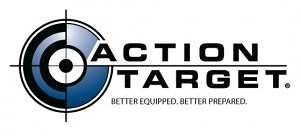 There are hundreds of things to take into consideration when building a shooting range, but your top priority should always be safety. Before anything else, make sure your range is going to be safe for your customers, your employees, and the environment. If you are considering building a range, talk to the
There are hundreds of things to take into consideration when building a shooting range, but your top priority should always be safety. Before anything else, make sure your range is going to be safe for your customers, your employees, and the environment. If you are considering building a range, talk to the  The Action Target Total Containment Trap can be a great solution to this problem if your daily foot traffic is able to balance the expense of installing and maintaining it. With two different types of lead removal systems, the TCT allows for varying levels of use and greatly diminishes the time you have to spend maintaining your shooting range. Essentially, the TCT is a giant armor steel
The Action Target Total Containment Trap can be a great solution to this problem if your daily foot traffic is able to balance the expense of installing and maintaining it. With two different types of lead removal systems, the TCT allows for varying levels of use and greatly diminishes the time you have to spend maintaining your shooting range. Essentially, the TCT is a giant armor steel 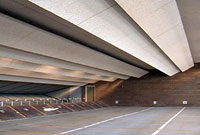 Action Target’s patented wall and ceiling baffles are designed to
Action Target’s patented wall and ceiling baffles are designed to 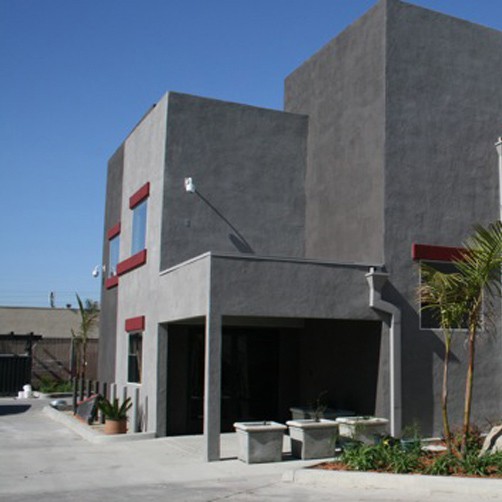
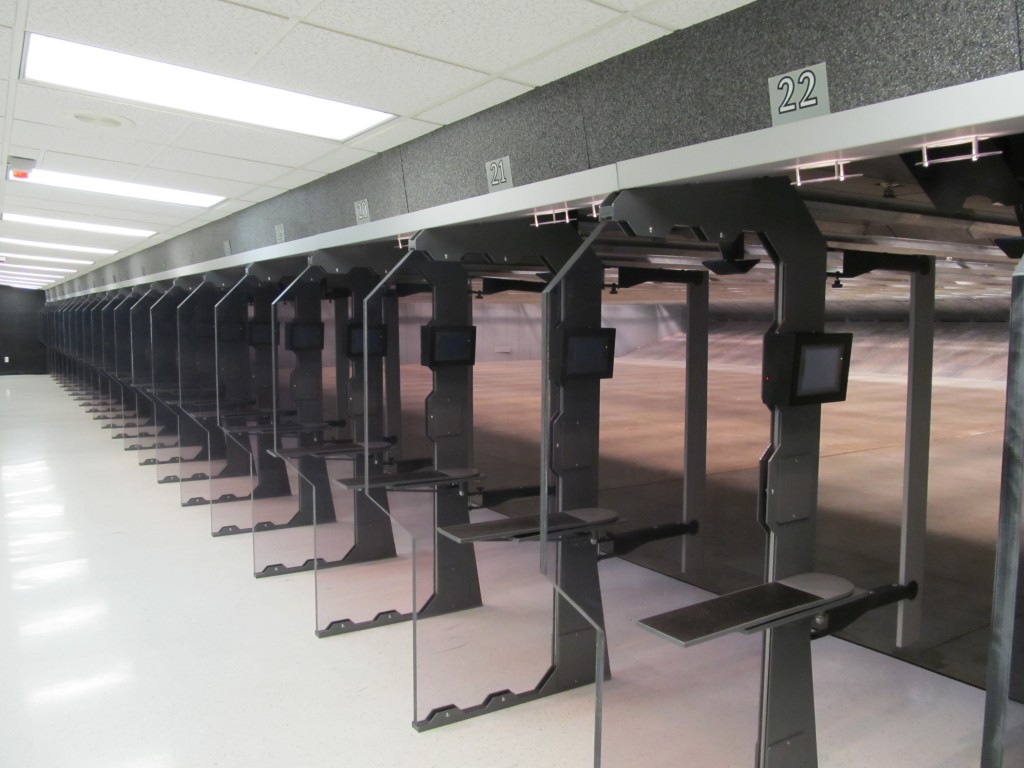
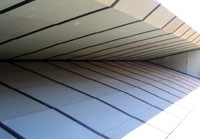 The equipment you install in your shooting range can also have a significant effect on your future success. If you anticipate a large number of shooters on your range every day, you may want to reconsider the
The equipment you install in your shooting range can also have a significant effect on your future success. If you anticipate a large number of shooters on your range every day, you may want to reconsider the 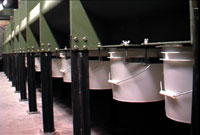 Time is money. The more time the range is shut down for service, the less money the range is making. In other words, each time a range has to shut down should be viewed as a potential loss of revenue. A range using a conveyor belt doesn’t have to shut down in order to service the trap because the conveyor is constantly collecting the fired rounds. When the range does shuts down for general maintenance, the workers don’t have to deal with clearing buckets and can better spend their time elsewhere.
Time is money. The more time the range is shut down for service, the less money the range is making. In other words, each time a range has to shut down should be viewed as a potential loss of revenue. A range using a conveyor belt doesn’t have to shut down in order to service the trap because the conveyor is constantly collecting the fired rounds. When the range does shuts down for general maintenance, the workers don’t have to deal with clearing buckets and can better spend their time elsewhere.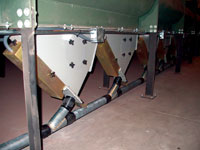 Contrarily, a
Contrarily, a 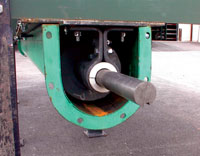 A final reason why the conveyor system is recommended in Total Containment Traps is safety. If a canister is allowed to overfill, the rounds will remain in the bullet trap and can potentially cause ricochet and/or clogging. Barrels can become filled with lead in as little as two weeks. The more the lead piles up, the bigger the safety issue. Range safety is critical and the screw conveyor system is the best choice for optimal safety.
A final reason why the conveyor system is recommended in Total Containment Traps is safety. If a canister is allowed to overfill, the rounds will remain in the bullet trap and can potentially cause ricochet and/or clogging. Barrels can become filled with lead in as little as two weeks. The more the lead piles up, the bigger the safety issue. Range safety is critical and the screw conveyor system is the best choice for optimal safety.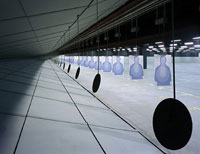 The Total Containment Trap is the dominant industry standard for modern, heavy-duty, steel bullet traps. It is the superior choice for ranges where safety, reliability, simple maintenance, and ease of use are top priorities. The TCT can be used both indoors and outdoors in all types of
The Total Containment Trap is the dominant industry standard for modern, heavy-duty, steel bullet traps. It is the superior choice for ranges where safety, reliability, simple maintenance, and ease of use are top priorities. The TCT can be used both indoors and outdoors in all types of 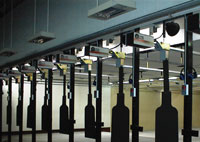 First off, it must be remembered that the range exists as the profit center to the business. Secondly, a decision needs to be made in regards to the operations of the range. In regard to the commercial value of a range, there are typically two lines of thought in the industry: one is to combine the range with the store, and the second is to not.
First off, it must be remembered that the range exists as the profit center to the business. Secondly, a decision needs to be made in regards to the operations of the range. In regard to the commercial value of a range, there are typically two lines of thought in the industry: one is to combine the range with the store, and the second is to not.